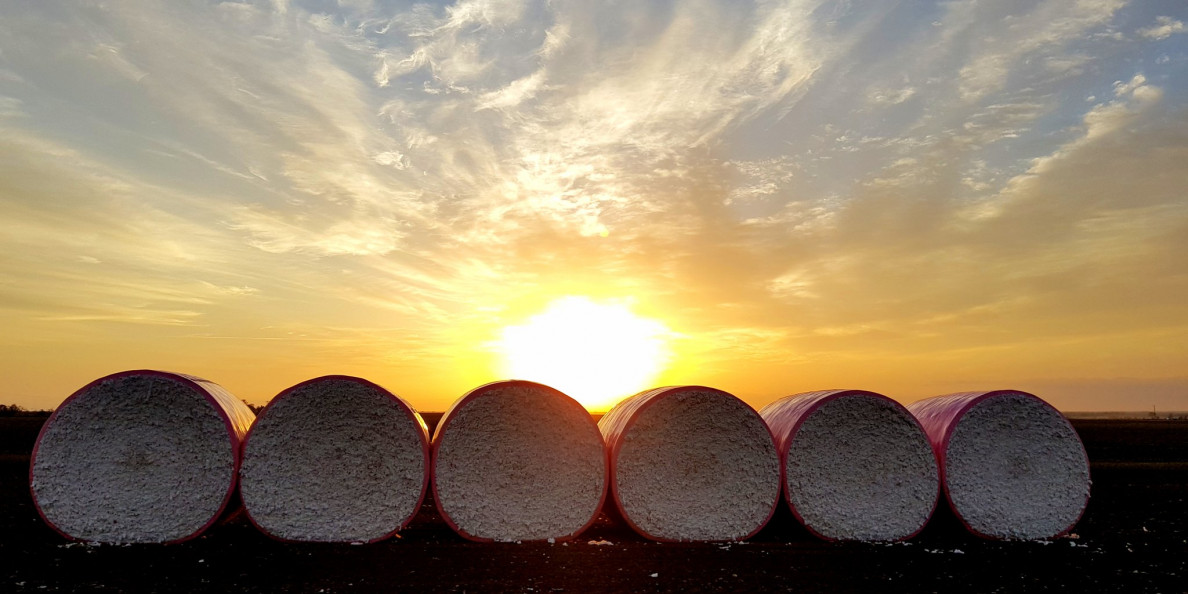| Based on the current policies, cotton crop planting intention and market situation in global major cotton producers, their cotton areas may see lower reduction than market anticipated in 2020. 1. China—cotton target price remains at 18,600yuan/mt in 2020 On Mar 27, the National Development and Reform Commission announced that China would set the cotton target price at 18,600yuan/mt in 2020 in Xinjiang and the price would be assessed every three years, to improve the target price system. Stimulated by this news, cotton crop sowing is in full swing in Xinjiang since Apr. According to local government, in face of labor decrease affected by the coronavirus pandemic, Xinjiang put more effects on sowing by automated machines and the sowing progress is 3-5 days earlier than the corresponding period of last year due to higher temperature in South Xinjiang. 2. India—the impact of coronavirus pandemic remains to be seen Although it is still some time before the start of the intensive sowing, industry observers are considering the possible impact of the pandemic on growers’ planting decisions this year. One issue worth discussing is that the price of food crops may rise to a certain extent, and if there is a shortage, the price of food may be higher than the price of cotton. The food reserved by the government, such as rice and lentils, are being distributed in the poorest communities, and its demand may improve later. Meanwhile, the current restrictions on the movement of people mean that the winter crop harvest may be delayed, which will have a knock-on effect on summer planting. The transportation of seeds and supplies is not officially restricted, but, the shortage of trucks and drivers means that in actual operations, farmers may not be able to obtain the raw materials they need in time to meet the best planting plan. However, the general view is that the minimum support price of cotton (under normal circumstances, will be evaluated in July) should provide guarantees for farmers who choose this crop. The reduction in minimum support prices has never occurred before. 3. Brazil—cotton output may rise further According to INTL FCStone, Brazilian cotton farmers have completed the planting of 1.619 million hectares of cotton, which is a 0.05% increase from the government’s estimate of the previous season ’s record area. As the cotton is sowed before the outbreak of pandemic, the pandemic has little effect on the cotton output. It is reported that cotton crops in the Mato Grosso are currently growing well. The CONAB report is relatively optimistic about Brazilian cotton output forecast for 2019/2020, which is an increase of 1.1% to 2.854 million tons from the February forecast.  4. The United States—planting intention is higher than market anticipation According to USDA’s March planting intentions survey report, US cotton areas are projected at 13.703 million acres in 2020, including 13.475 million acres of upland cotton and 0.228 million acres of Pima, up from the previous forecast of 12.70 million acres. The actual cotton areas in 2019 are assessed at 13.738 million acres.
Besides, by the week ending Apr 5, about 7% U.S. cotton crops have been planted, up 2% from a year ago, and up 2% from five-year average.  5. Pakistan—cotton areas may be flat Cotton crop sowing is likely to be delayed in Pakistan as the wheat harvests are affected by the coronavirus pandemic and the rainfall. The earlier cotton sowing in lower Sindh has been complete and sowing is expanded. But growers complain about the lack of quality seeds, so some growers in lower Sindh turn to plant chili. In addition, though government tries to improve cotton output, the measures are not effective. In 2020, cotton areas of Pakistan may be flat overall. In general, cotton areas in major cotton producers may be stable to decrease overall, but the reduction is lower than market anticipation. | ||||||||||||||||||||||||||

Global cotton areas reduction may be lower than anticipated in 2020
Το περιεχόμενο του άρθρου δεν είναι διαθέσιμο στη γλώσσα που έχετε επιλέξει και ως εκ τούτου το εμφανίζουμε στην αυθεντική του εκδοχή. Μπορείτε να χρησιμοποιήσετε την υπηρεσία Google Translate για να το μεταφράσετε.

